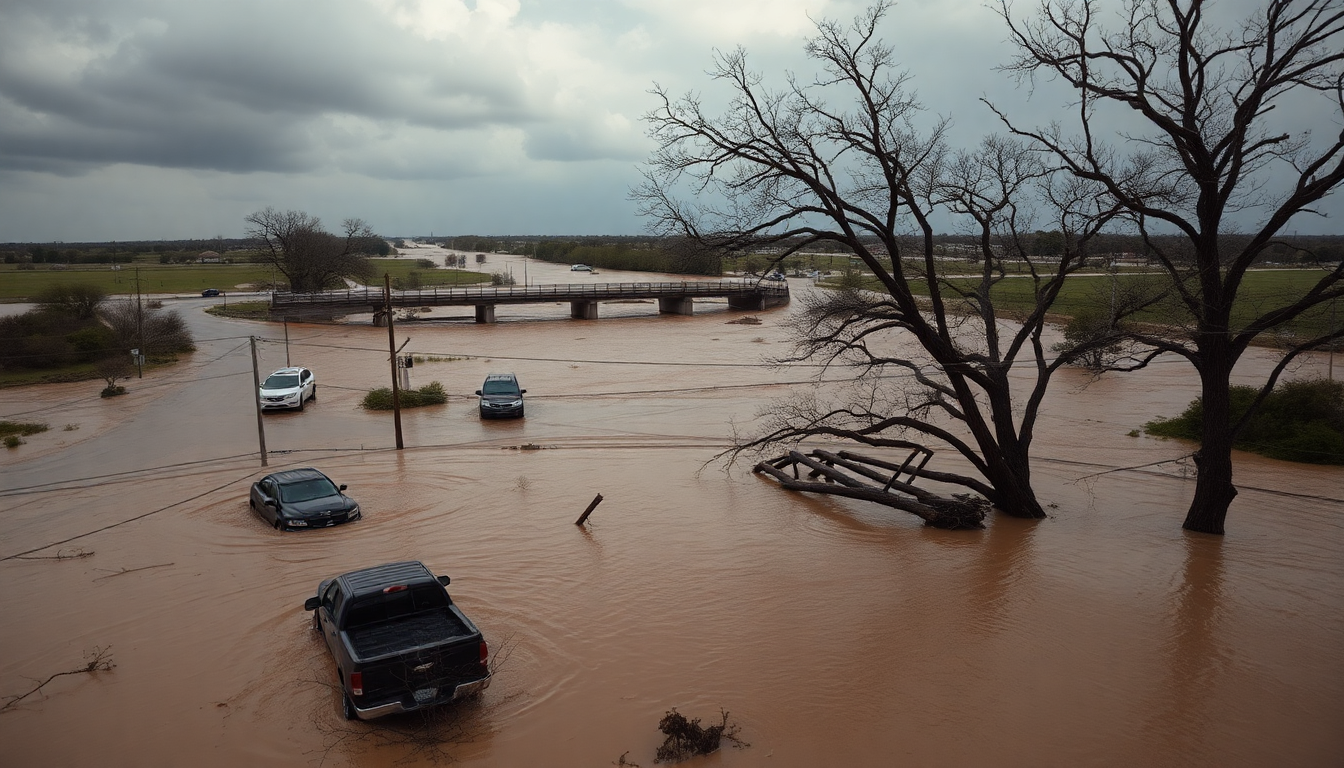Table of Contents
The recent flooding in Texas has raised a lot of questions about how prepared we really are for emergencies and how effective government warnings can be. As heavy rains swept through the region, the Guadalupe River overflowed, leading to devastating flash floods that have claimed the lives of at least 27 people, including nine children from a summer camp.
This tragic incident not only highlights the immediate dangers of extreme weather but also shines a light on the systemic issues in disaster management that urgently need to be addressed.
A Tragic Fourth of July
What was supposed to be a weekend of celebration quickly turned into a nightmare for many families in Texas.
The Fourth of July festivities were overshadowed by torrential rains that caused the Guadalupe River to rise nearly nine meters, submerging Camp Mystic, where around 750 children were enjoying their summer break. Search efforts are still underway for over two dozen children who are currently unaccounted for.
It’s a heartbreaking situation that has mobilized over 1,000 rescuers to locate the missing and assist those affected.
Kerr County Sheriff Larry Leitha confirmed the grim reality of the situation, revealing that floodwaters forced evacuations for about 800 individuals.
The storm’s intensity caught many by surprise, raising serious questions about the adequacy of the warnings provided before this disaster struck. Were they clear enough? Did they reach everyone who needed to hear them?
Emergency Response: A System Under Scrutiny
As search and rescue efforts continue, authorities are facing growing scrutiny regarding their preparedness for such natural disasters. Just days before the floods, state emergency management officials had acknowledged the risk of heavy rains and potential flooding. However, the actual rainfall far exceeded forecasts, leaving many residents—including campers—unprepared for what unfolded.
W Nim Kidd, director of the Texas Division of Emergency Management, pointed out that while warnings were issued, the specifics of when and where the rain would hit were unpredictable. This ambiguity raises critical questions about the effectiveness of our current systems. Could better forecasting have changed the outcome? What more could have been done to prepare communities for this disaster?
In the aftermath, the community, along with federal and state officials, is grappling with the harsh reality of the destruction. President Donald Trump has assured that the federal government is working alongside state and local agencies to tackle the fallout from the floods. Rescuers are determined to leave no stone unturned in their search efforts, even as they face challenging conditions.
Looking Ahead: What Can We Learn?
The catastrophic events of this past weekend echo a similar disaster that struck 40 years ago along the Guadalupe River, reminding us just how vulnerable this region is to severe flooding. These historical parallels underscore the urgent need for improved emergency protocols and increased community education about flood risks. What can we do differently next time?
As Texas and its residents begin to recover from this devastating event, it’s crucial that we learn from this tragedy to enhance future preparedness. Investing in infrastructure, adopting better forecasting technology, and rolling out comprehensive community awareness programs could significantly boost the resilience of areas at risk of flooding.
Ultimately, the tragic outcomes of this flooding incident serve as a wake-up call for local and state governments to reevaluate their emergency response strategies. By addressing these critical gaps, we can better protect our communities from the horrific impacts of future floods. Isn’t it time we make these changes to ensure that no one has to go through this again?





